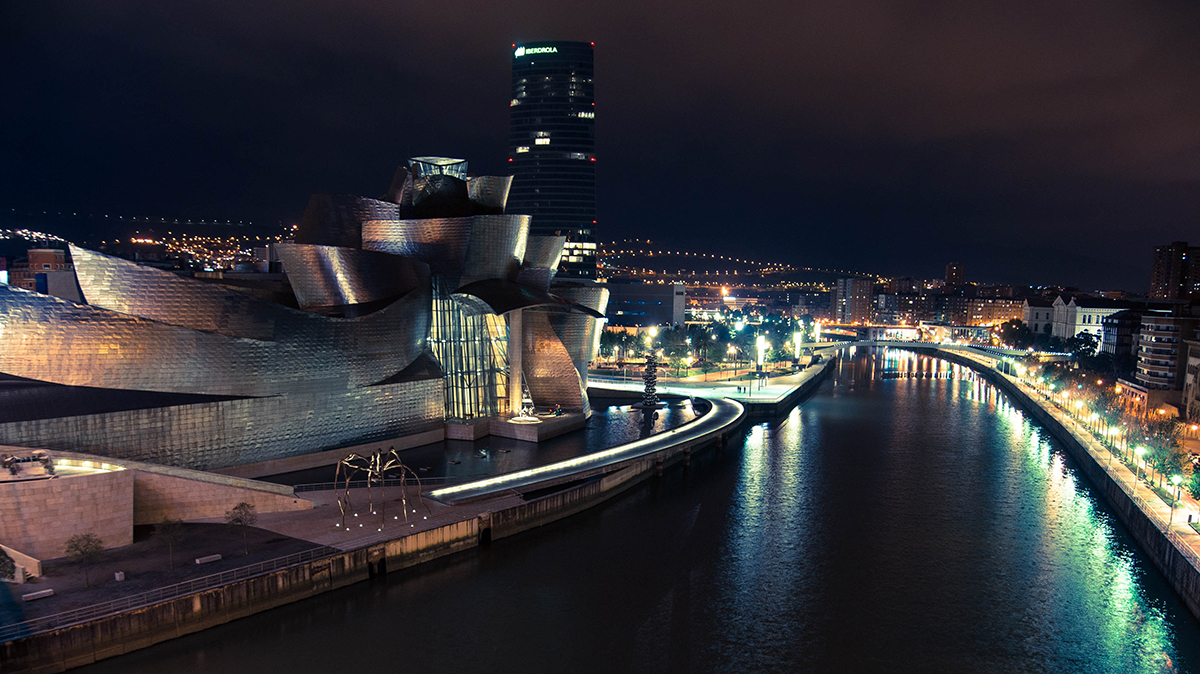
The Guggenheim Museum Bilbao. Image by Niclas Dehmel
This month, our columnist and Abercrombie & Kent’s founder Geoffrey Kent focuses in on Spain’s diverse offering of cultural itineraries
As an art lover, dabbling collector – I particularly like Joan Miró – and founder and co-chairman of a travel company that caters to a clientele made up of ultra-high-net-worth individuals and connoisseurs of many persuasions, these kinds of topics come up frequently. For a cultural odyssey which takes in some of the world’s great art houses, my current top tip is: take a Spanish sojourn.
Follow LUX on Instagram: luxthemagazine
Spain’s contribution to the world of art packs an impressive punch – and has done for centuries. This year, the country’s great treasure trove of art is celebrating its 200th anniversary, so right now is the perfect time to experience this cultural hothouse, as viewed through its famous art institutions: among them the Prado, Museu Picasso, and Guggenheim Museum Bilbao.
Madrid

Image by Florian Wehde
Museo del Prado
The Prado is undeniably one of the most important art museums in the world – and one of the planet’s most visited tourist attractions. It houses an outstanding display of works by Spain’s three greatest painters: Goya, Velázquez, and El Greco, together with famous pieces by Flemish, Italian, and other European masters. Together, its collection is considered among the finest ever assembled, spanning the 12th to early 20th centuries, numbering in the thousands, and containing not just paintings and sculpture, but also historic documents, prints, and drawings. Founded in 1819, this year it celebrates its bicentenary as Spain’s premier gallery. For a deeper understanding of the works on display, A&K offers guests the privilege of enjoying the Prado’s collection and temporary exhibitions privately after hours, guided by specialist art historians.
Museo Nacional Thyssen-Bornemisza
Located near the Prado, the magnificent Thyssen-Bornemisza boasts one of the most important privately assembled art collections in the world. It offers art lovers an experience that is nothing short of extraordinary. The museum’s permanent collection spans eight centuries of European painting, as well as a display of 18th- and 19th-century North American paintings. Until 26 January 2020, the temporary exhibition will be exposing the relationship between the Impressionists and the art of photography.
Read more: Champagne Bollinger celebrates 40-year James Bond partnership
Museo Sorolla
Off the beaten track for most visitors to Madrid, you won’t be overrun by tourists as you wander the Sorolla’s light-filled spaces. Originally the house and studio of Spain’s greatest late 19th- and early 20th-century painter, this museum is dedicated to the life and work of Joaquín Sorolla (1863-1923) – known as the ‘Spanish Master of Light’. It houses an eclectic collection, including paintings by family members, his daughter Elena among them. Although his work is sometimes compared to that of Sargent, Sorolla does not belong to any specific school, and the house also contains pieces by the old masters who inspired him. The galleries also host special exhibitions by current artists. As a result, Museo Sorolla presents a fascinating journey through Spain’s history of art.
Where to stay: The Westin Palace, which is steps from both the Prado and the Thyssen-Bornemisza museums.
Barcelona
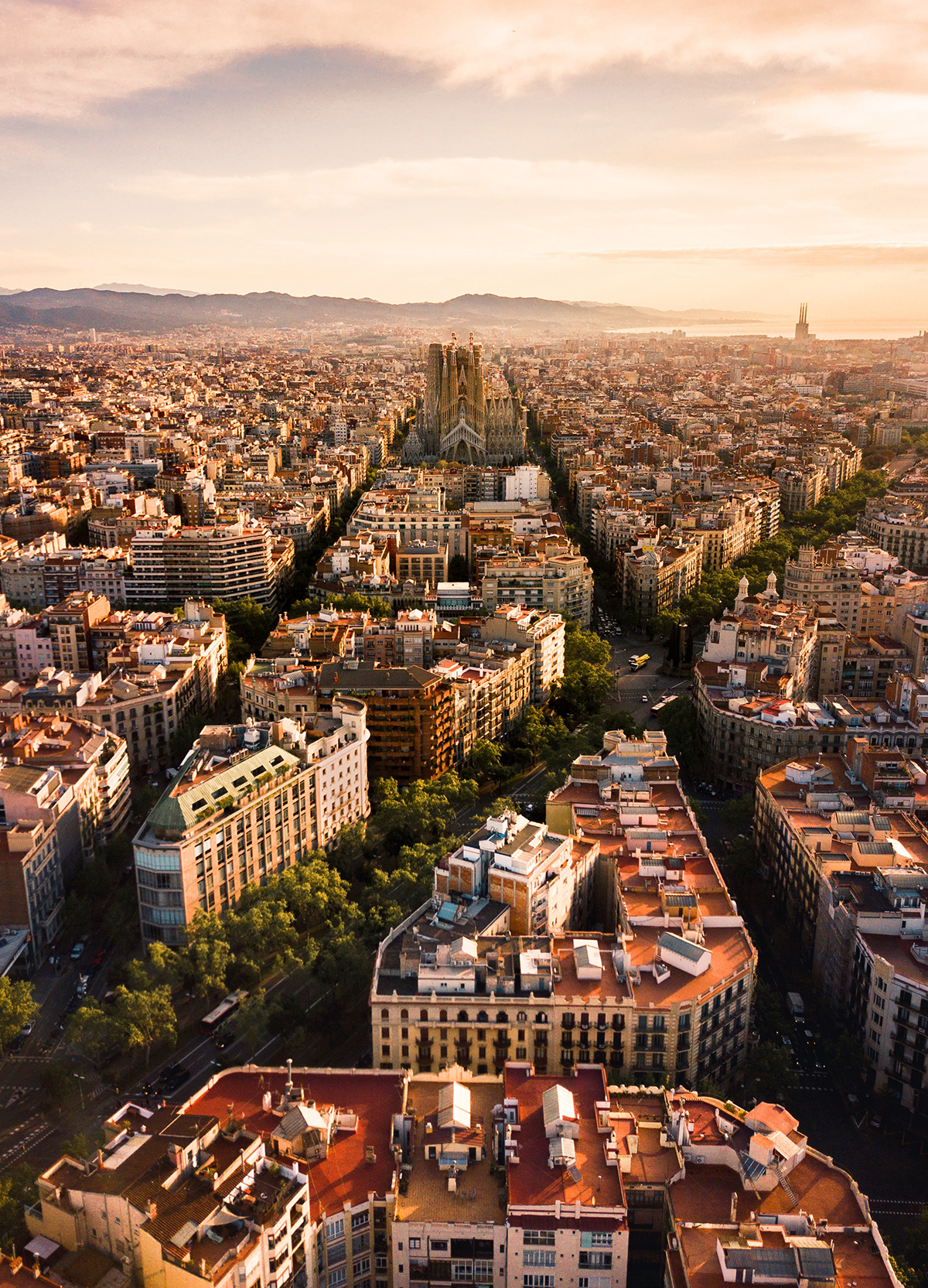
Image by Alfons Taekema
Casa Vicens
One of the world’s first Art Nouveau buildings, this house designed by Antoni Gaudí (1852-1926) for Manuel Vicens i Montaner is rightly considered a masterpiece and is a UNESCO World Heritage Site. Standing in the tranquil neighbourhood of Gràcia, it is an oasis of calm covered in striking green and white tiles. Inside you can learn about Gaudí and his significance within the Modernism movement. Guests of A&K get the opportunity to beat the morning crowds with a private before-hours visit to Casa Vicens, or a sunset tour.
Museu Picasso
Set on Montcada Street in La Ribera neighbourhood (once home to Barcelona’s great and good), Museu Picasso lies in the heart of the city’s cultural, commercial, and tourist district, surrounded by centuries of history and art. The museum itself is housed in five medieval palaces, architecturally as impressive as the artistic treasures within. Containing 4,251 works by one of Spain’s – and history’s – most influential artists, it is the largest gallery dedicated to Pablo Picasso (1881-1973), and the only one established during his lifetime. It is the ideal place to study the artist’s formative years, containing many early works, and illustrating his enduring relationship with Barcelona.
Read more: One&Only opens a second luxury resort in Rwanda
Fundació Joan Miró
For me, a trip to Barcelona wouldn’t be complete without paying homage to this great Catalan artist. Miró was born in the city in 1893 and he established the Joan Miró Foundation in 1975. Located on the Montjuïc Hill, this art space in one of Barcelona’s most popular museums. It houses more than 10,000 pieces of Miró’s art from his first sketches to final paintings, including many seminal works. It also contains ‘Espai 13’, which promotes the work of young experimental artists.

Views from Mandarin Oriental Barcelona’s rooftop
Where to stay: I particularly like Mandarin Oriental hotels, and the one in Barcelona is located on the glorious Passeig de Gràcia, mere moments from Gaudí’s Casa Batlló.
Bilbao

Image by Yves Alarie
Guggenheim Museum Bilbao
With its sweeping curves of glittering metal and glass, the Guggenheim Museum Bilbao building itself needs no introduction – the scale and futuristic beauty of Frank Gehry’s 1990s titanium structure leaves a lasting impression. It was built to showcase art works such as Jeff Koons’ sculpture Puppy, Richard Serra’s unique sculptures and Mark Rothko paintings. Next to the museum’s permanent collection, the regular rotation of temporary exhibitions across different periods – not always Modern – draws art enthusiasts back time and again.
Museo de Bellas Artes de Bilbao
The city is also home to the wonderful Museo de Bellas Artes de Bilbao, which houses paintings from the 12th century to the present day and is considered one of the finest art museums outside Madrid.
Where to stay: The just-renovated Gran Hotel Domine – it boasts the best views of the Guggenheim.
For more information visit: abercrombiekent.co.uk




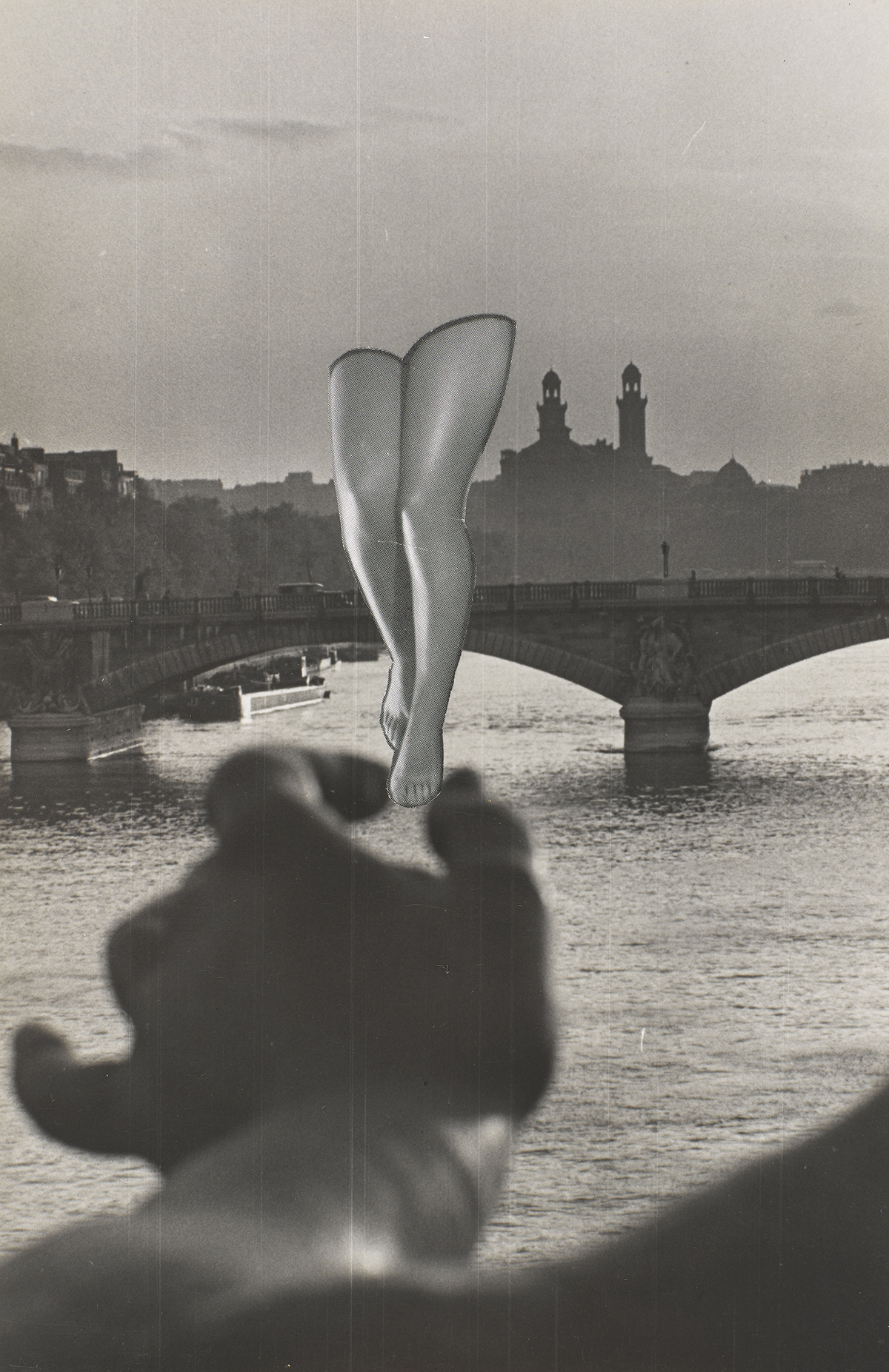




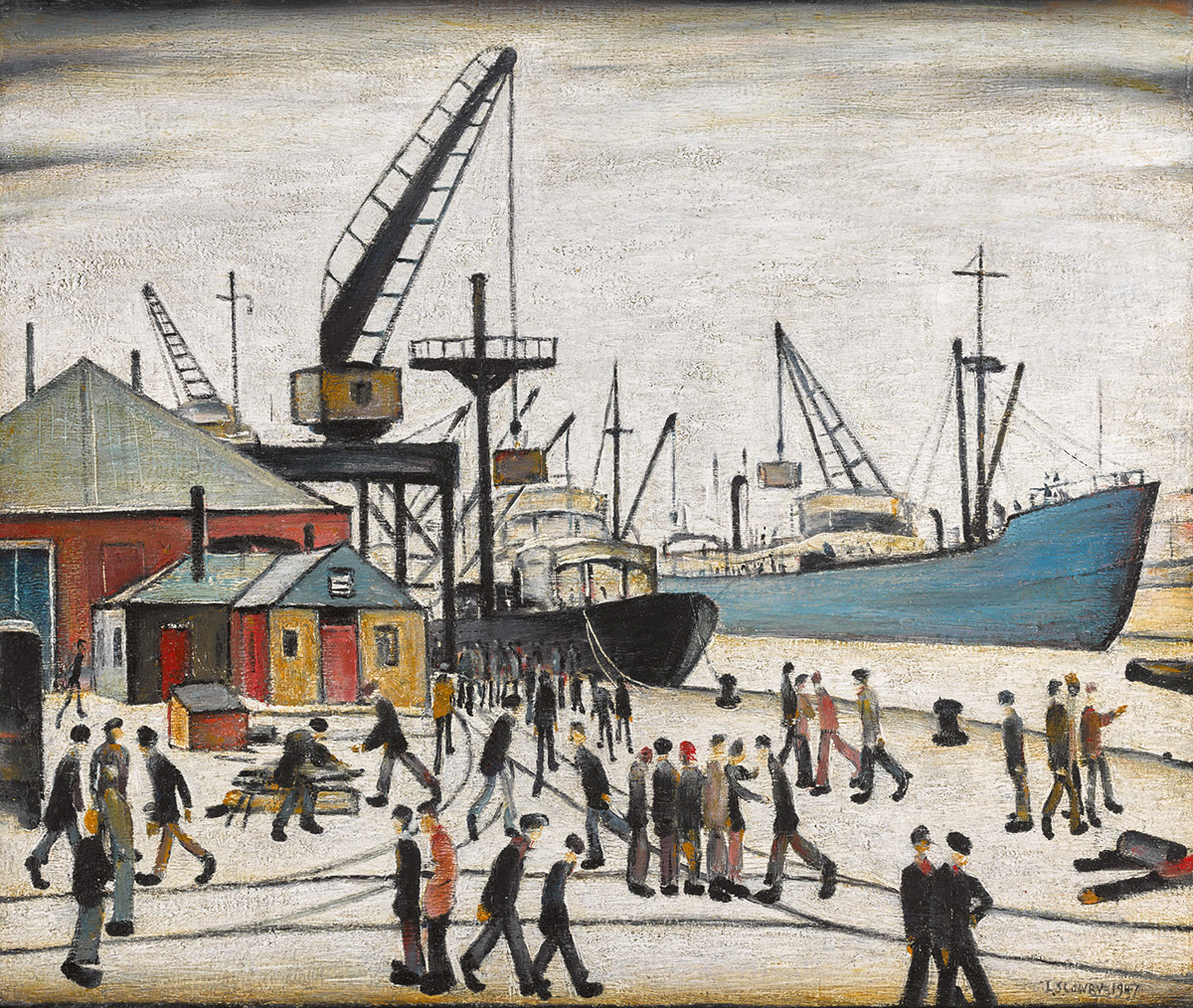

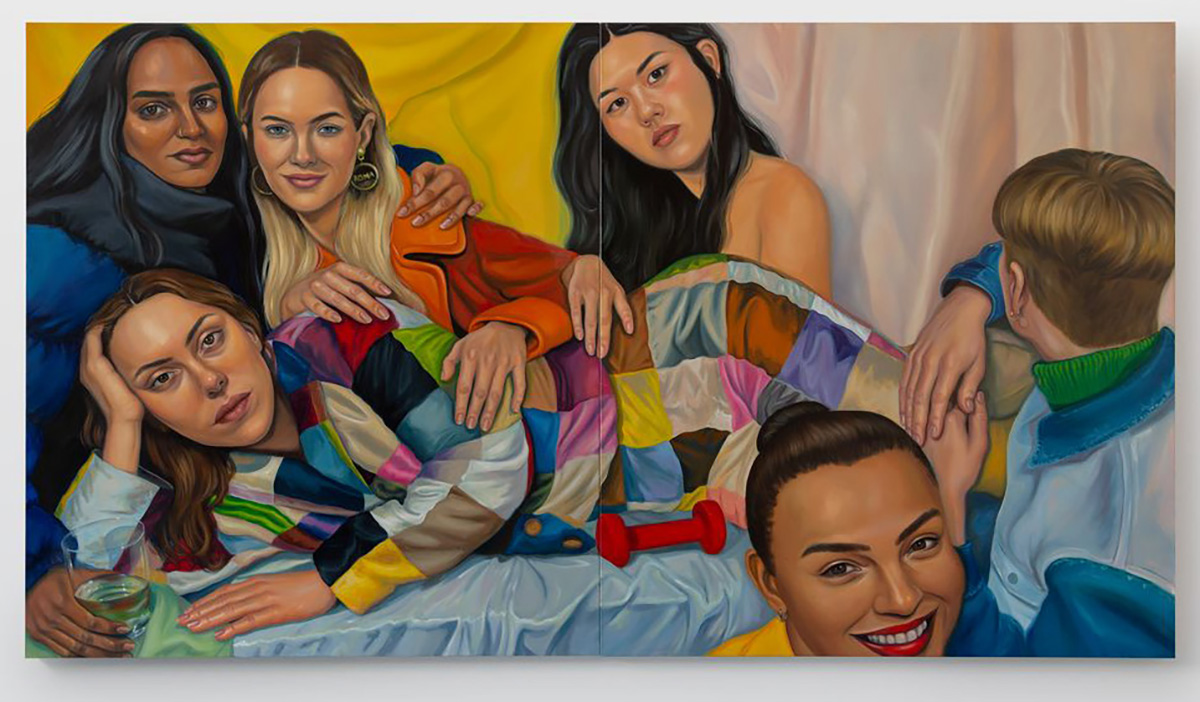





Recent Comments